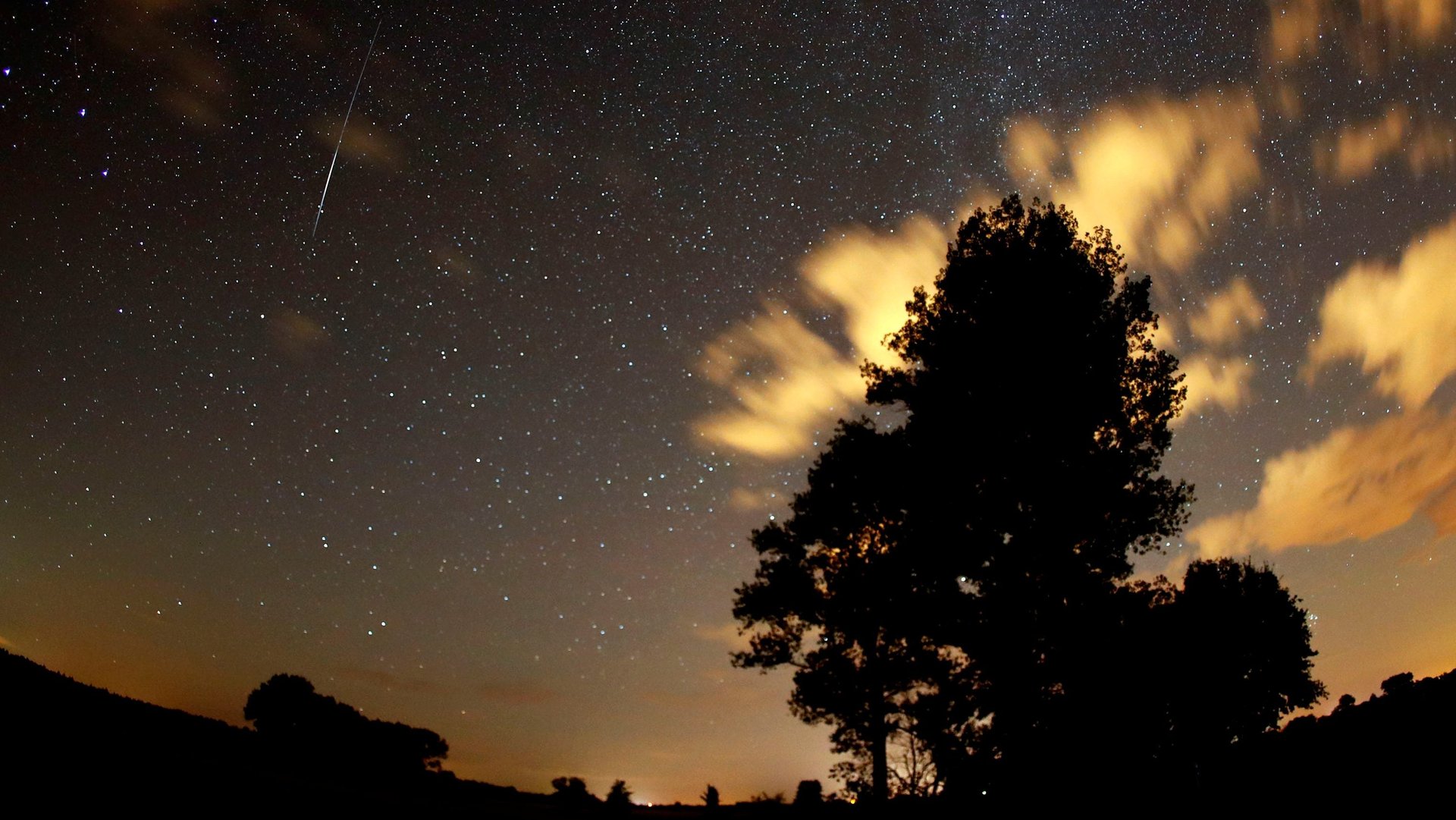The Perseids have arrived. Here’s how to enjoy the year’s best meteor shower
To randomly catch sight of a shooting star can feel fateful and full of meaning—as it should. But you can often make your luck in life, and this is one of those opportunities.


To randomly catch sight of a shooting star can feel fateful and full of meaning—as it should. But you can often make your luck in life, and this is one of those opportunities.
The annual Perseid meteor shower is underway.
What happens during a meteor shower?
Shooting stars, of course, are not stars at all. They are meteors, or fast-moving pieces of comet debris.
“Comets are sort of like dirty snowballs: As they travel through the solar system, they leave behind a dusty trail of rocks and ice that lingers in space long after they leave,” the New York Times’s Nicholas St. Fleur once explained. “When Earth passes through these cascades of comet waste, the bits of debris—which can be as small as grains of sand—pierce the sky at such speeds that they burst, creating a celestial fireworks display.”
The Perseid meteor shower occurs when the Earth crosses the littered path of the 17-mile-wide Comet Swift-Tuttle, which travels in a 133-year-long orbit.
When’s the best time to watch the Perseid meteor shower?
During a typical annual Perseid meteor shower, you might catch 60, 100, or more “shooting stars” every hour, if you’re under a dark piece of sky, far from any urban light pollution.
This year’s event may not be quite that spectacular, because lunar glare will be intense on Aug. 12 and 13, when the spectacle peaks. (The full moon rises on Aug. 15.) Rather than the usual several dozens of showering meteors per hour you’d see, you might expect about 20 this year, according to NASA. That said, the Perseids are particularly bright—look for gorgeous fireballs.
The best time to see the display is between 2am and dawn, wherever you are in the world. (Note the showers are not as bright in the Southern Hemisphere.) For the fullest experience, NASA suggests staying up late, or waking up early, the nights of Aug. 11 to 12 and Aug. 12 to 13.
If you have to choose one night, make it the 11th, says NASA, when you’ll have about an hour of dark sky between 3am, when the moon sets, and sunrise to see the showers. The next night, the same window will be only minutes long.
Or, if you’re not feeling that ambitious, you could look for the Perseids anytime after 9pm, but adjust your expectations. (And if you can’t make it to a dark spot whatsoever, you can track events via the NASA Meteor Watch Facebook page.)
Do I need a telescope?
This shower is named for the constellation Perseus, which is where the meteors will appear to originate, but you ought to keep your field of vision as open as possible. Binoculars and telescope are not recommended.
NASA suggests lying down on your back and allowing 30 minutes for your eyes to adjust to the dark. Do not pick up your phone, with its illuminated screen, while you’re observing, the space agency advises, for obvious reasons.
But why would you, anyway, when the celestial event of the year seeks your undivided attention?